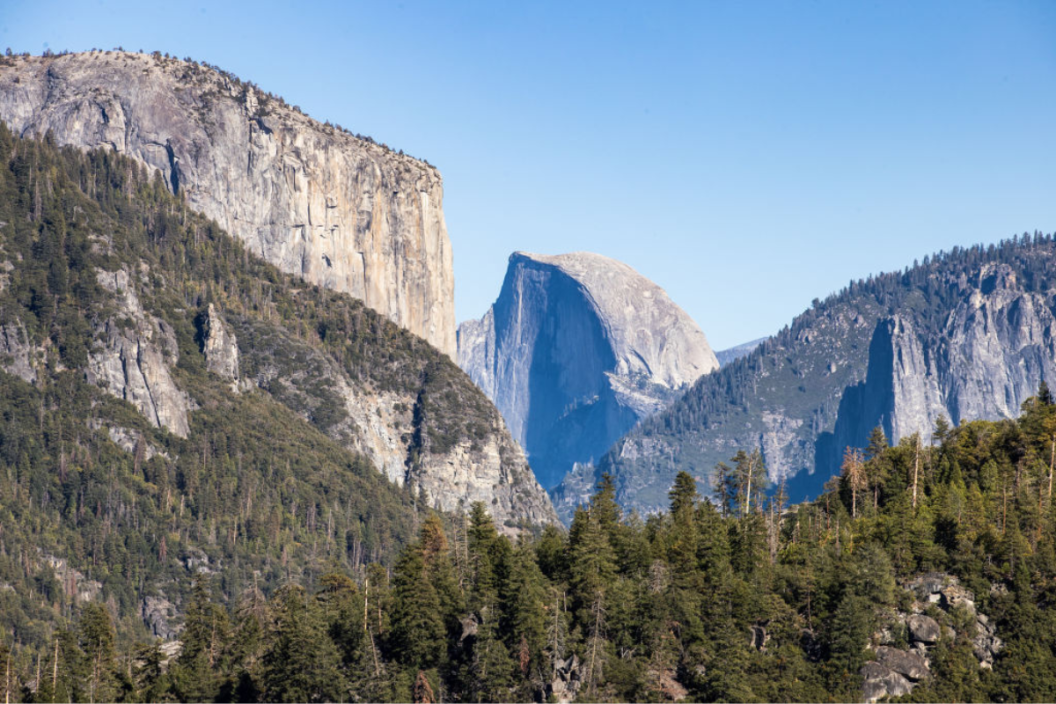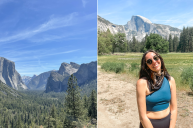Yosemite Valley has long been a source of wonder for visitors and geologists alike. Its magnificent valleys and beautiful scenery make it one of the more popular areas to visit, and everyone wants a chance to hike to the top of Half Dome. But do you ever wonder how long it took for those features to emerge? Geologists from the University of California, Berkeley, undertook the rocky task of determining the valley's real age. They used a new rock analysis technique that shows the valley was likely created 10 million years ago. According to Geoscienceworld, about 40-90% of the current terrain was crafted as recently as the last five million years.
The new data is about 40 million years less than previous estimates. According to the Geological Society of America Bulletin, the geologists found that rivers initially were the architects behind the valley's shape, but recent water and ice deepened and further sculpted it into its current depths. They cannot pinpoint the estimate to an exact age, but this is the first estimate that took into account the actual valley instead of data from the Sierra Nevada.
"Yosemite Valley is one of the most famous topographic features on the planet," glaciologist Kurt Cuffey, UC Berkeley professor of geography and earth and planetary science told Geoscienceworld. "And of course, if you go to Yosemite Park and read the signage, they will give you numbers for when it became a deep canyon. But up until this project, every single claim about how old this valley is when it formed a deep canyon was just based on assumptions and speculation."
Greg Stock, Yosemite National Park geologist, said that the park's origin story is vague, but it is because geologists have different theories about how the Sierras were formed.
"We know that the Sierra was a high mountain range 100 million years ago when the granite was forming at depth. It was a chain of volcanoes that might have looked a bit like the Andes Mountains in South America," Stock continues. "The question really is whether the elevation has just been coming down through erosion since that time or whether it came down some and then was uplifted again more recently. At this point, based on studies I've done for most of my career and supported by this study, I see a lot of evidence for recent uplift happening sometime in the last 5 million years."
The full study from Cuffey, Stock, David Schuster, and others from UC Berkeley can be found in the journal Geological Society of America Bulletin.




